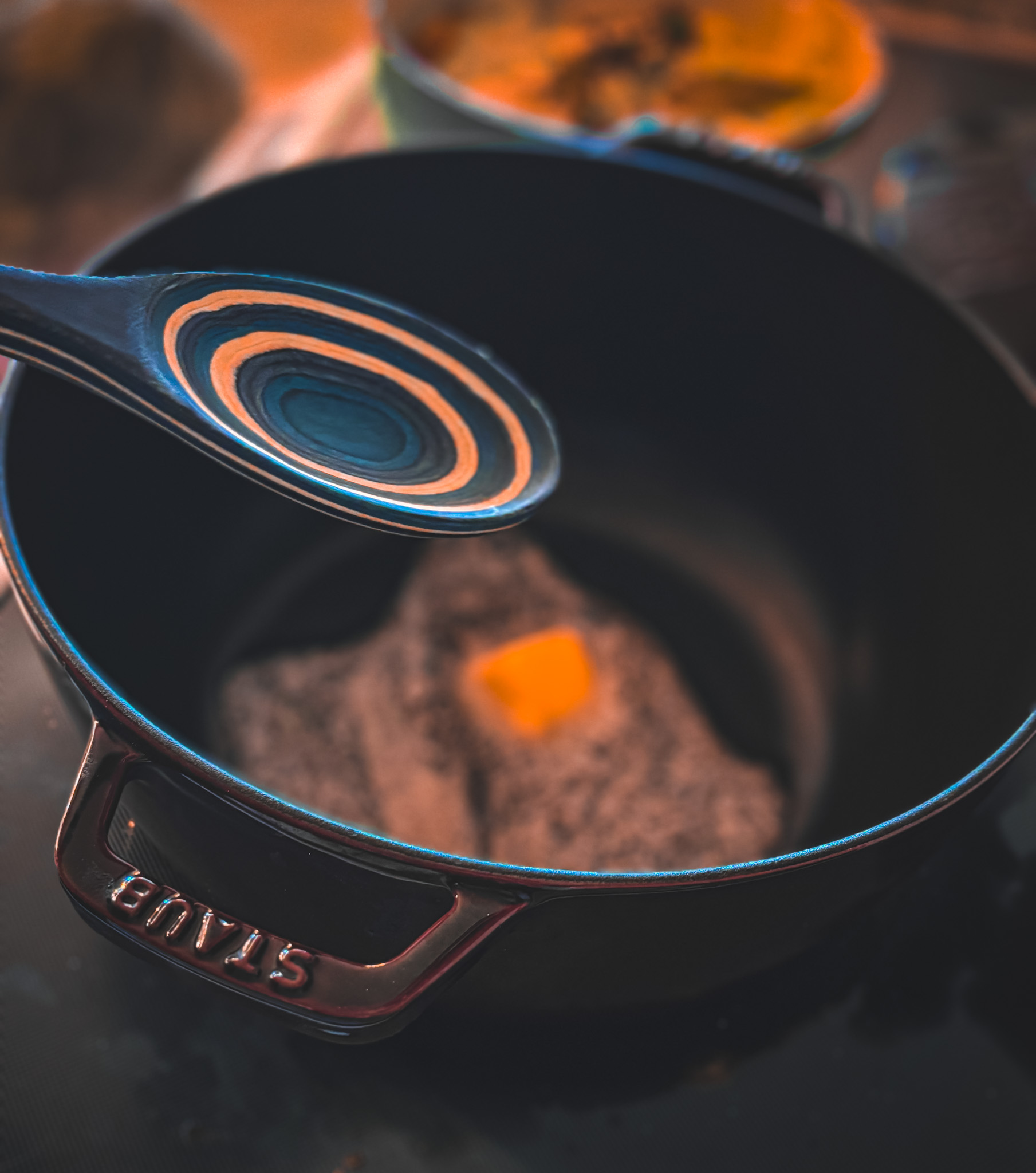
The Enchanting History of Witches’ Wands and Their Modern-Day Evolution
Wands have long been associated with magic, power, and mystery. From fairy tales to modern witchcraft, the wand is an iconic tool that has captivated imaginations across time and cultures. But what is the history behind witches’ wands, and how do modern day witches use them?
Ancient Origins of the Wand
The history of wands dates back to ancient times, where they were used in a variety of cultures as sacred objects of authority, power, and spiritual connection. In ancient Egypt, for example, priests used rods or scepters as symbols of their divine connection and authority. Similarly, in Greek and Roman mythology, gods and goddesses were often depicted wielding wands or staffs that allowed them to perform miraculous feats.
In Celtic traditions, wands were often made from sacred trees like oak, yew, or rowan, which were believed to hold magical properties. These wands were used in rituals to direct energy, cast spells, and connect with the divine forces of nature. Wands, like many magical tools, were seen as conduits of spiritual energy, amplifying the intentions of the person using them.
The Wand in Medieval Magic and Folklore
As the practice of magic became intertwined with European folklore and the rise of witchcraft in the Middle Ages, the wand took on a more mystical and often misunderstood role. Wands were believed to be tools of witches, used to cast spells and perform enchantments. While many saw them as dangerous symbols of heresy, they were also portrayed in folklore as tools of benevolent magic.
One of the most famous early literary depictions of the wand appears in Grimms Fairy tales and fairy lore, where magical beings like fairies and witches use wands to grant wishes, transform objects, or summon powerful forces. The wand’s ability to channel magical energy became a central theme in these tales, cementing its place in the magical canon.
The Wand in Modern Witchcraft
Wands continue to play an important role in modern witchcraft and neo-pagan traditions such as Wicca. While wands are no longer seen as sinister or solely the tool of dark witches, they have maintained their symbolism as tools of power, transformation, and spiritual focus.
In modern witchcraft, the wand is often used as a tool for directing energy during rituals, spellwork, and ceremonial magic. Much like its ancient counterparts, the modern wand acts as an extension of the witch’s will, allowing them to channel and focus their energy with greater precision. Wands are used to cast circles, invoke elements, and manifest intentions. In many traditions, wands correspond to the element of air, representing thought, communication, and inspiration.
Crafting the Perfect Wand
Modern witches often craft or choose wands based on their personal preferences and the specific magical properties they desire. Here are a few key elements involved in selecting or creating a wand today:
- Materials: Traditionally, wands are made from wood, and the type of wood chosen can add to its magical properties. For example, oak is associated with strength and protection, willow with healing and intuition, and ash with transformation and empowerment. Some witches also incorporate crystals, metals, or charms into their wands to enhance their power.
- Length and Shape: While traditional wands are usually 12-18 inches long, modern witches may choose a wand that feels right for them, whether it’s a short wand for travel or a long, elegant one for ceremonial work. The shape and design can vary greatly, from smooth, polished wands to rough, rustic branches.
- Personalization: Many witches personalize their wands with carvings, runes, or symbols that hold special significance. The process of crafting or consecrating a wand is often a ritual in itself, infusing the wand with the witch’s personal energy and intent.
Modern-Day Examples of Wands
Today, wands are used not only by practicing witches but also by those who appreciate their symbolic and aesthetic qualities. They come in a wide variety of forms, from handmade artisanal pieces to mass-produced items for magical enthusiasts. Here are some modern versions of wands that reflect both tradition and innovation:
- Wooden Ritual Wands: These wands, made from ethically sourced wood, are still popular in the witchcraft community. Many witches opt for natural wood wands that retain the bark and texture of the tree, emphasizing their connection to nature.
- Wooden spoons: the act of cooking becomes a form of spellwork, where each ingredient carries intention, and the spoon serves as the tool that brings everything together
- Pencil or paint brush: These direct creative energy onto paper, allowing thoughts, intentions, and manifestations to be set in motion through writing and painting.
The Wand as a Symbol of Power and Transformation
Whether made from a sacred tree, adorned with crystals, or inspired by a favorite fantasy character, the wand remains a powerful tool of transformation. Its long history connects us to ancient wisdom, while its modern interpretations allow witches and magical enthusiasts to craft wands that are as unique as the individuals who wield them.
In the end, the magic of the wand lies not just in the object itself, but in the intent, focus, and energy of the person using it. As a symbol of power, creativity, and transformation, the wand continues to enchant us, offering a reminder that magic is all around us, and within us.
RELATED: Tools used in witchcraft

